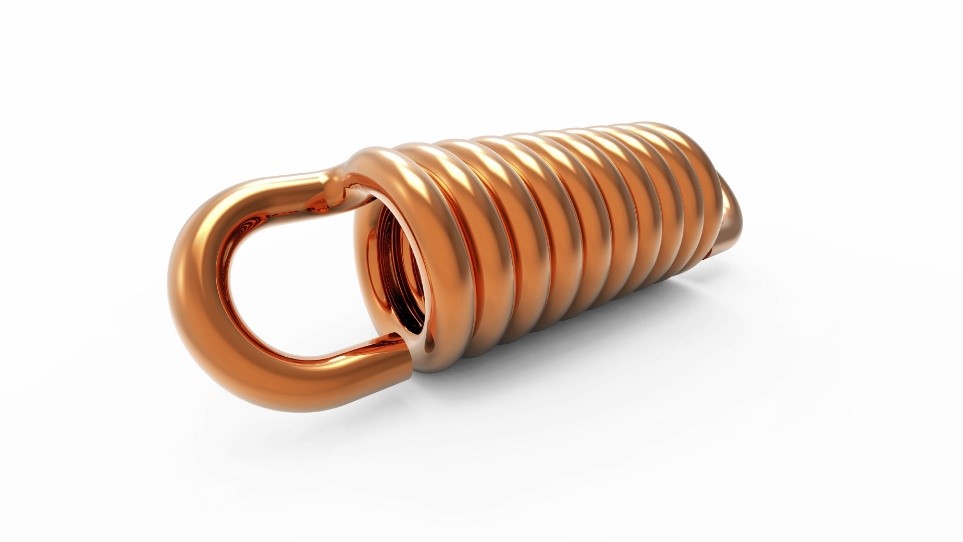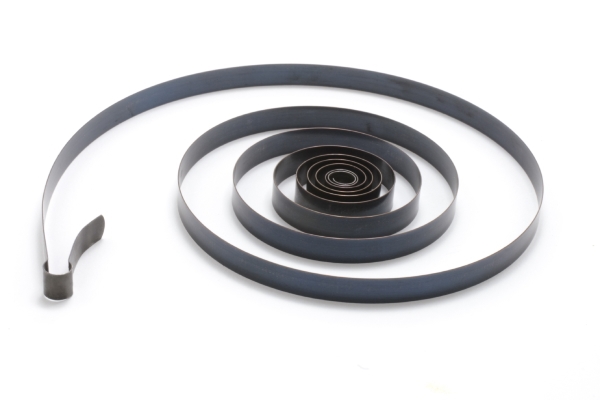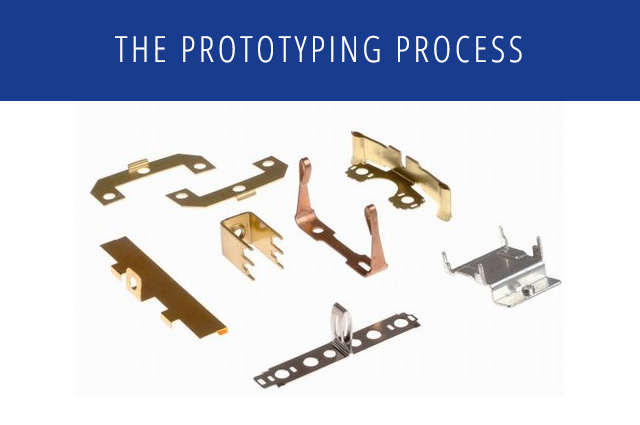With the recent release of the IDC report “IDC FutureScape: Worldwide Manufacturing Predictions 2018”, the team here at European Springs couldn’t help but think about what the future holds for the industry. When this firm conjured up its predictions they examined experiences and ecosystems, greater intelligence in operational assets, processes, data and convergence of IT.
While many of these predictions consisted of a change in digital transformation on a wider scope, there will be many impacted technologies; a prominent one being the evolution of cloud-based technologies. With this in mind, what are some of the notable changes and developments we will see, not just in 2018, but beyond?
- Enhancing Investments Through Digital
One of the predictions is that by 2020 a huge 60% of top manufacturers will be relying heavily on digital platforms to enhance their systems. It is said that these platforms will support as much as 30% of their entire revenue.
The main system to become prominent is thought to be cloud-based. Employees, customers, suppliers and partners can all benefit from the easy information exchange and simplified connectivity, whilst still ensuring high-security levels. It is also said that by 2019, 50% of manufacturers will be collaborating through cloud-based crowdsourcing.
- Dependent on Embedded Intelligence
It is predicted that by 2021 20% of the biggest manufacturers will depend on a secure backbone of embedded intelligence using IoT, blockchain and cognitive which will allow them to automate processes on a larger scale and speed up execution by up to 25%.
Most manufacturers will look for ways they can automate processes, mostly using embedded intelligence. Most will find the outcome through intelligent ERP systems with integration into the IoT. These systems will also make use of cloud technologies.
- Industry Cloud and Data Contributions
A third amazing prediction for the industry is again cloud-related. By 2020, 75% of all the manufacturers in the industry will be a part of industry clouds, however, one-third of these only will be monitoring their data input.
Industry clouds are an appealing option for many businesses due to their sharing and analysing capabilities. Manufacturers will also look to them for sourcing and supplier management.
- Analytics-Driven Capabilities
By the end of 2020, a third of all supply chains within manufacturing will be making use of analytics-driven cognitive capabilities. This is thought to increase the efficiency of costs by 10% and further increasing service performance by 5%.
The data gained from utilising this technology will help to create a supply chain that accounts for all kinds of data, including environmental, seasonal and economic as well as being able to predict inventory and logistics requirements accurately.
This will not only help with managing inventory, but it also helps with customer demand and can reduce overall supply chain operation costs while increasing service levels.
- The Gig Economy and Augmented Reality
Independent contracting became more common because of the 2008 recession as full-time workers were replaced with part-time or temporary work. The ‘gig economy’ has now become a sizable portion of the global workforce, especially in countries which have digital infrastructures. After all, it enables talent accessibility.
It is predicted that by 2020, augmented reality and mobile devices will drive the transition to the ‘gig economy’ in the service industry with ‘experts to hire’. Beginning with durables and electronics, this is predicted to replace 20% of dedicated customer and field service workers.
In the manufacturing industry, an increase of ‘experts for hire’ is predicted as customer demand increases. This can not only save costs through a variable workforce but can help with customer demand and customer service. This is all made possible by mobile devices and augmented reality.
Technology is surely progressing, and springs will be a part of it all. We are proud to be a part of such a growing sector and we look forward to what the future holds for further development in technology and intelligence. If you would like further information about our range of springs you can simply get in touch with our highly skilled team at European Springs.
Contact Us














